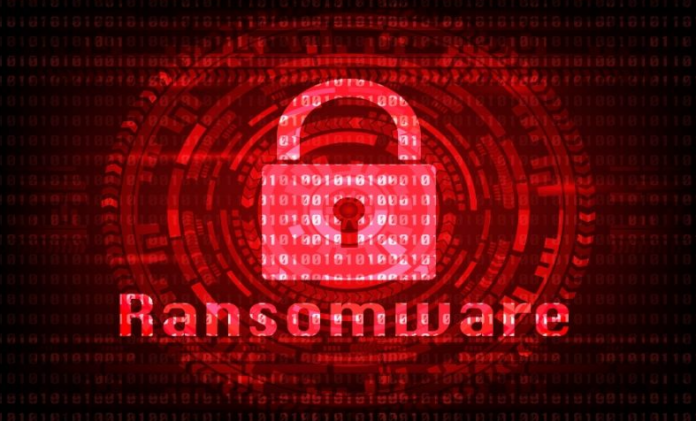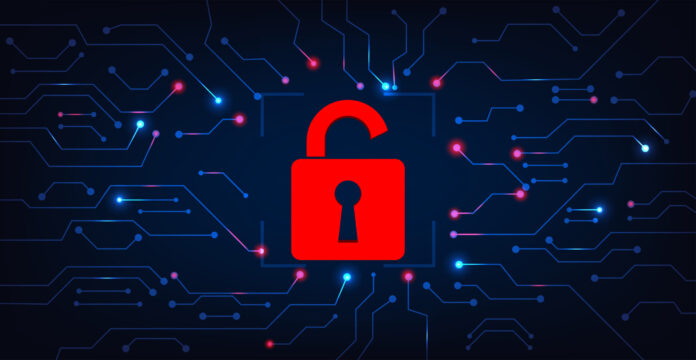
For those that own businesses in this modern technological age, your company’s cyber security is something that needs to be a top priority; malicious actors are constantly finding new, clever ways to infiltrate and exploit the most valuable networks they can find, which often tend to be small and medium sized businesses that don’t devote the proper amount of effort into their cyber security practices.
This means that as a business owner, your customers’ private information and credit card details are in your hands. Failing to protect this data could expose your business to lawsuits, financial risks, or worse.
From relatively simple social engineering tactics to highly sophisticated software exploits, we’ll take a look at five of today’s most notable hacks, vulnerabilities, and exploits – and what your business can do to prevent them.
1. Social engineering
Unlike traditional hacking that involves manipulating computers and code, social engineering involves manipulating other human beings into divulging sensitive information that leads to a cyberattack.
Social engineers often pose as trusted individuals in your life, such as family members, coworkers, or even your personal banking institution to lure victims into a false sense of security. They build false trust and use persuasion tactics to manipulate their victims into providing sensitive information, which is then used against them during the attack.
How to protect your business
To help protect your business against social engineering attacks, consider implementing the following steps:
- Be hesitant to click on links you didn’t request, even from people or coworkers you trust.
- Don’t overshare personal information on the web.
- Utilize two-factor authentication on every device you use.
- Enable spam filters in your email account, and set them to their highest setting.
- Don’t leave your devices unattended.
- Change your passwords frequently.
2. Ransomware

One of the more prevalent exploits in the modern age is ransomware. Ransomware is a malicious software that target’s a computer system’s files and data, preventing the user from accessing them unless they pay the hackers a fee, or ‘ransom’, in hopes of recovering their data.
More sophisticated variations of ransomware exploits even have the ability to restrict access to files and folders on local drives, network drives, and even other computers on the same network.
Ransomware has become a growing cybersecurity concern over the last several years; personal PCs, small and large businesses, and even government computer systems have all become targets of this type of exploit.
How to protect your business
To protect your business against ransomware attacks, there are a few important steps to take. While these steps won’t guarantee protection against ransomware, they will make it a more difficult target.
- Keep all software, applications, and operating systems up to date.
- Ensure antivirus and anti-malware software is properly updated, and set up to automatically update and scan for threats.
- Don’t click links, ads, or email attachments from people you don’t trust.
- Back up the data on your machines regularly, and ensure those backups are completed properly.
- Secure your backups, and ensure those backups are not stored on the computers or networks they are backing up.
- Create a written plan that details your organization’s strategy in the event that it becomes the target of a ransomware attack.
3. Malware
Short for ‘malicious software’, malware is defined as intrusive software that is intended to damage and destroy computers and networks. Common examples of malware include viruses, worms, Trojan horses, adware, ransomware, and others.
It is largely inevitable that malware will penetrate your network at some point – for this reason, sufficient malware detection and prevention software must be in place and properly maintained. Once threats are identified, steps must be taken to properly remove the malware from infected devices.
How to protect your business
To protect your business against malware, there are a few steps you can take:
- Keep all computers on the network up to date and running the latest operating system.
- Enable the firewall on the network.
- Only download files and applications from trusted websites.
- Use standard user accounts instead of administrator accounts.
4. Virtual attacks on physical infrastructure

Technology is creeping into every sector, and critical infrastructure is no exception. This includes everything from a country’s electrical grid to nuclear reactors, making these types of networks highly sought after targets by malicious actors.
One such example of this was Stuxnet, which was discovered back in 2010. Generating a slew of media attention, Stuxnet was the first known computer virus that was capable of causing physical damage to computer hardware.
Originally targeted at nuclear facilities in Iran, the Stuxnet malware targets programmable logic controllers (PLCs) and burns them out, causing damage to the internal components. Since then, it has mutated to target other types of industrial facilities, such as water treatment plants, gas lines, and power plants.
How to protect your business
While the most recent reported instance of Stuxnet last occurred back in 2018, there are a few IT practices that likely would have helped protect against the Stuxnet malware. Some of these steps include:
- Separate the industrial network from the general business network using firewalls and a DMZ.
- Actively monitor all computers that automate industrial processes.
- Perform virus scans or ban the use of portable media devices, such as USB sticks.
- Monitor and log all activity on the network.
- Utilize endpoint security software to prevent the spread of malware within the local network.
- Take strong physical security measures to restrict access to industrial networks.
5. New and emerging exploits
Everyday, new vulnerabilities and exploits are being discovered in software and applications. For this reason, it’s important to keep up with cybersecurity trends, and ensure your business is strictly adhering to cybersecurity best practices.
Recently, an exploit was discovered on the communication platform Discord where a malicious actor sends what appears to be an image that is taking a long time to load to the victim. Once the victim clicks on the image, the malicious software captures the victim’s Discord Token, which allows the hacker to bypass two factor authentication security.
This exploit was recently used to target moderators in popular NFT Discord servers, in attempts to mislead users and persuade them into sending their cryptocurrencies to the hackers.
Another notable piece of software is Pegasus, developed as a flagship product by Isreali technology firm NSO Group. Capable of infiltrating numerous operating systems, including iOS, Android, Blackberry, and Symbian, Pegasus is able to stealthily turn the target device into a surveillance device.

Once Pegasus is installed on a device, the attacker gains access to everything stored on the device. This includes files, photos, location data, and more – the attacker even gains the ability to turn on the target device’s camera and microphone.
According to NGO Group, this technology is only sold to government clients, and solely for the purpose of tracking criminals and terrorists. Since 2019, the Pegasus software has been able to be installed on devices simply by calling the device on WhatsApp – the attacker is even able to delete the record of the call, making it difficult for the victim to know they’ve been compromised.
Though it is difficult to keep up with the rapidly evolving world of cybercrime you might want to weigh in on whether you should hire a managed IT services company, a good example of one would be MyTek, and see if it is prudent in cost against the potential loss of data or monetary theft from your company.








